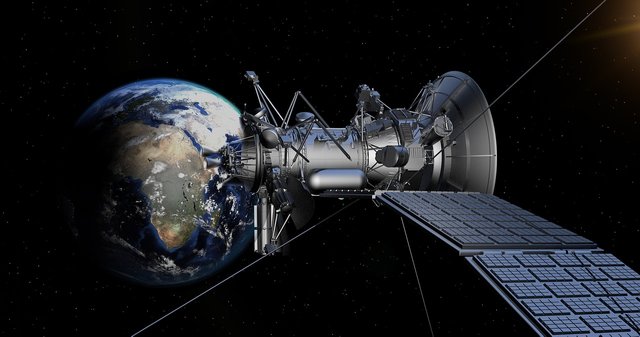ION PROPULSION TECHNOLOGY WILL CHANGE SPACE and TIME

Ion propulsion technology – is a form of electric propulsion with no moving parts. The advances are small but very promising with changing space travel in the near future!
WHAT IS ION PROPULSION
Ion thrusters use electricity to accelerate ions, which create thrust. The acceleration starts out slow but can reach speeds of 200,000 mph. As a comparison, the space shuttle can do 18,000 mph.
This could greatly shorten deep space trips like to mars from 6 months to 40 days. The Russians have been using ion drive technologies on satellites for decades.
HISTORY ELECTRIC PROPULSION
The very first document to consider electric propulsion is Robert H. Goddard’s handwritten notebook on September 6, 1906. The first experiments with ion thrusters were carried out by Goddard at Clark University from 1916.
NASA’s SERT-1 (Space Electric Rocket Test) 1964 demonstrated the first successful thrust from Ion propulsion in space. For those who are smarter than me, you will love this pdf from NASA about SERT spacecraft!
DISADVANTAGES
As stated above the slow acceleration is one hurdle to overcome. Another, if we are to use them on earth, would be overcoming gravity/friction since the power to thrust ratio is very low.
The first atmospheric flight with ion thrust technology was last November at the Massachusetts Institute of Technology. What was wild is the aircraft engine had no moving parts a theory thought impossible not too long ago.
ADVANTAGES
The main advantages of electric over chemical propulsion are speed and efficiency something greatly needed with deep space travel.
The hope is to scale these smaller systems to power larger spacecraft and that’s why NASA has collaborated with the University of Michigan’s X3 project. Students and scientist are breaking many records in ion propulsion using higher power and longer duration periods.
PROSPECTS WITH ION THRUST PROPULSION
There are other forms of deep-space travel being tested. The lack of efficiency from chemical-based designs is fueling this drive. The Bussard ramjet, a fusion rocket that can collect hydrogen while in space is just one-way scientist are looking to tackle our future planetary travel needs!
Being able to reach outer planets faster and more efficiently will be a great innovation by mankind. Who knows how long or if these technologies will be used with atmospheric travel but the possible use cases will be endless!
Aviation Technician by day / Technology Blogger at night: In my spare time I love to read & write about future innovation and how it will change our everyday lives. When autonomous vehicles talk to each other - will we still need traffic lights?
.jpg)
Congratulations @robertconnor! You have completed the following achievement on the Steem blockchain and have been rewarded with new badge(s) :
Click here to view your Board
If you no longer want to receive notifications, reply to this comment with the word
STOPHello @robertconnor! This is a friendly reminder that you have 3000 Partiko Points unclaimed in your Partiko account!
Partiko is a fast and beautiful mobile app for Steem, and it’s the most popular Steem mobile app out there! Download Partiko using the link below and login using SteemConnect to claim your 3000 Partiko points! You can easily convert them into Steem token!
https://partiko.app/referral/partiko